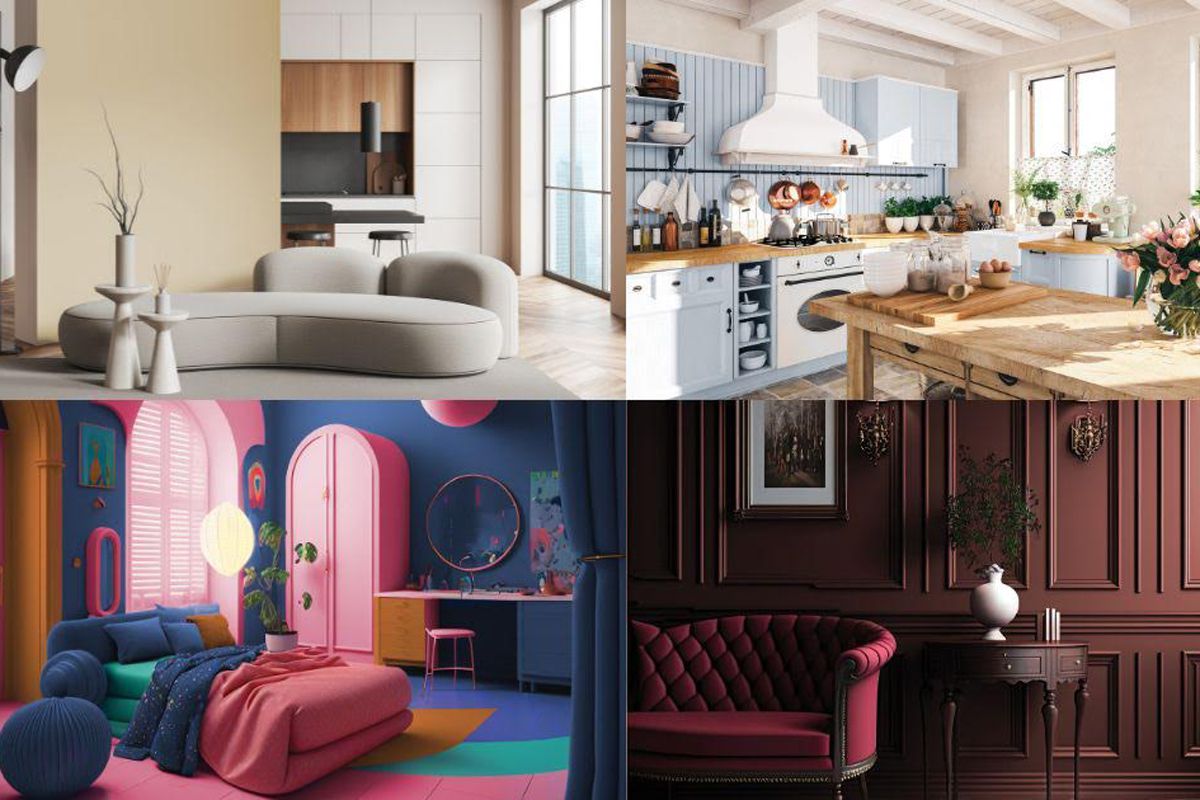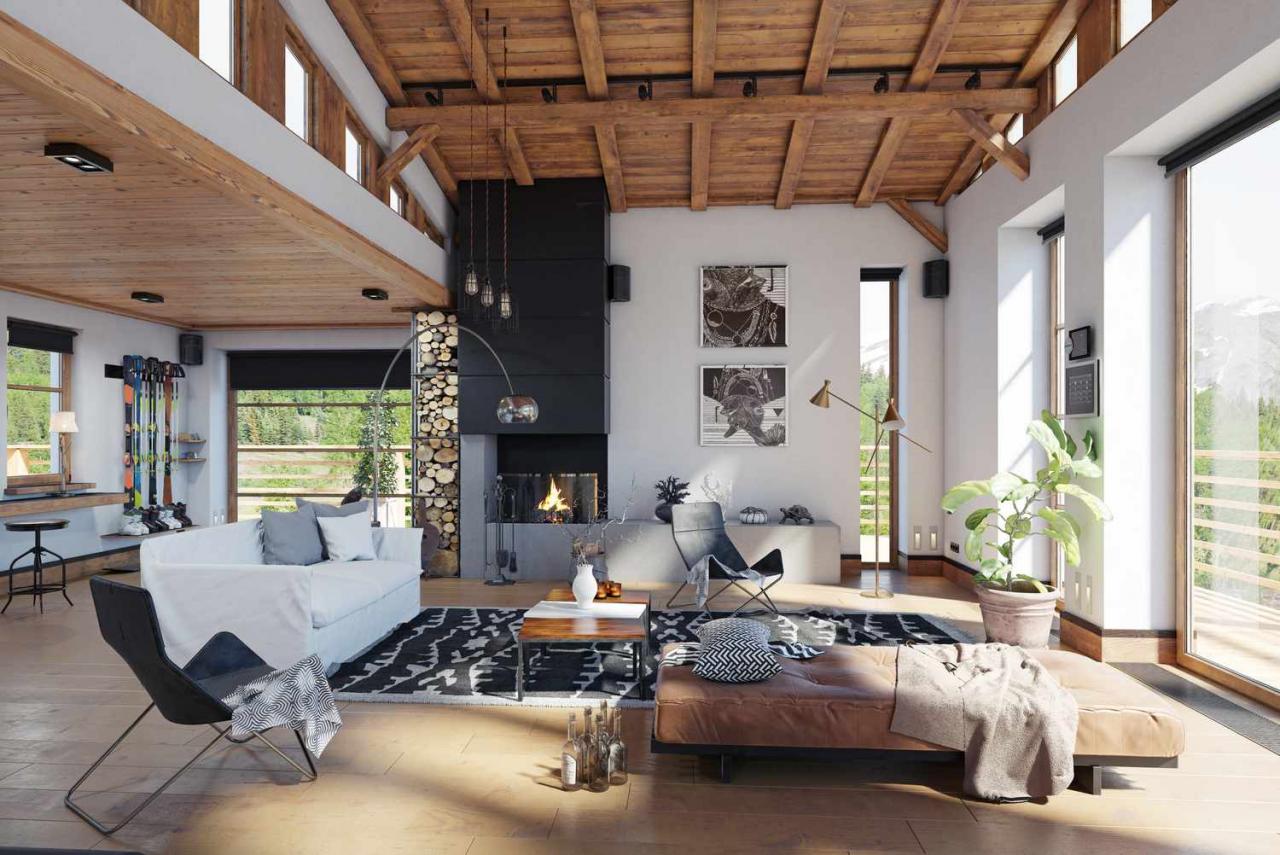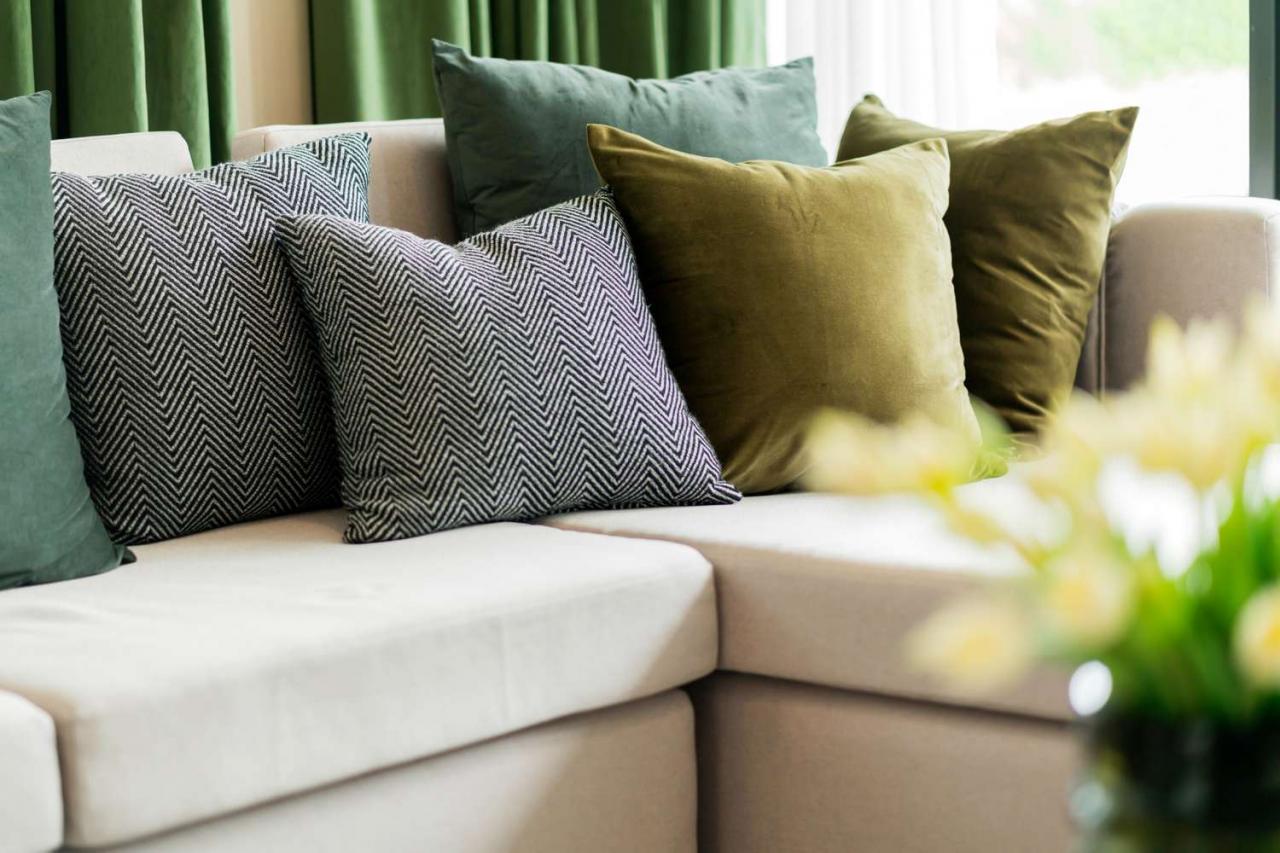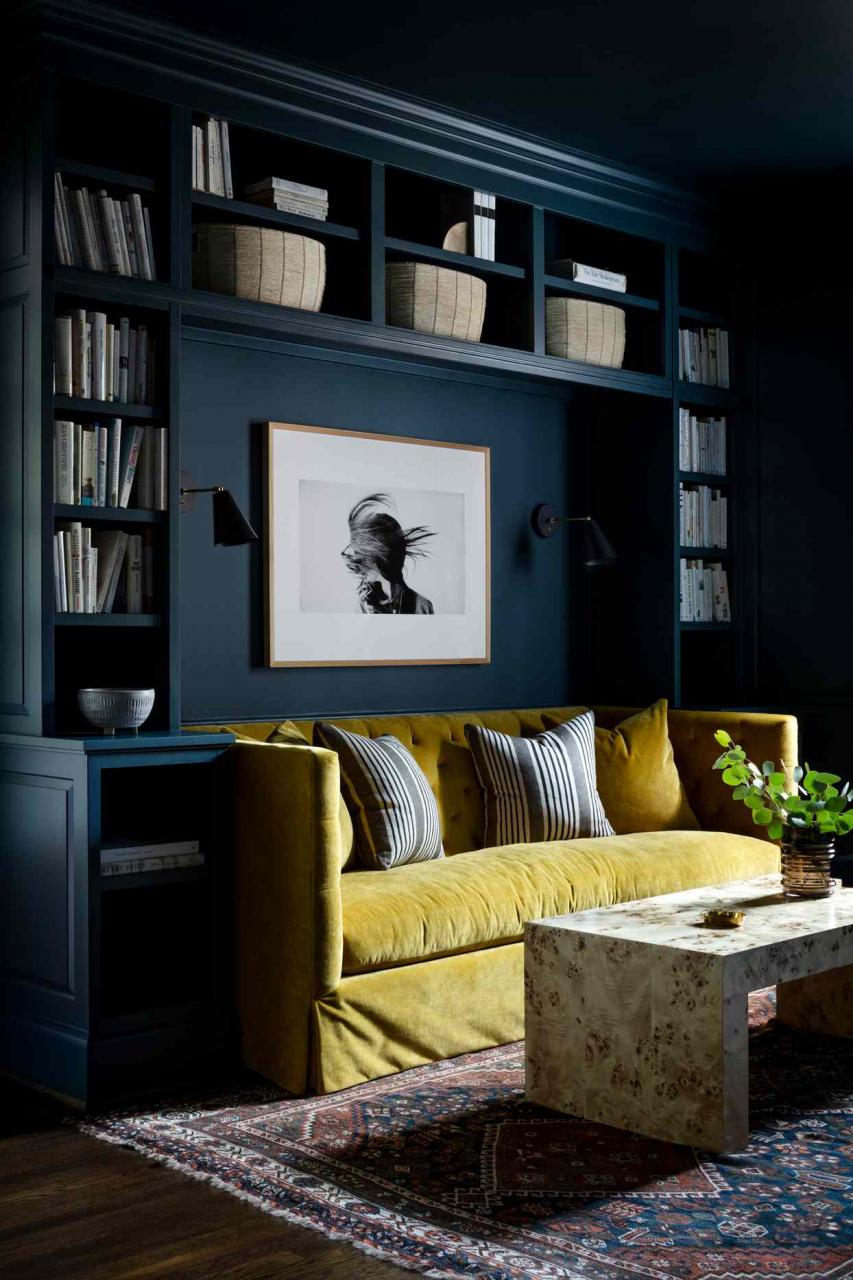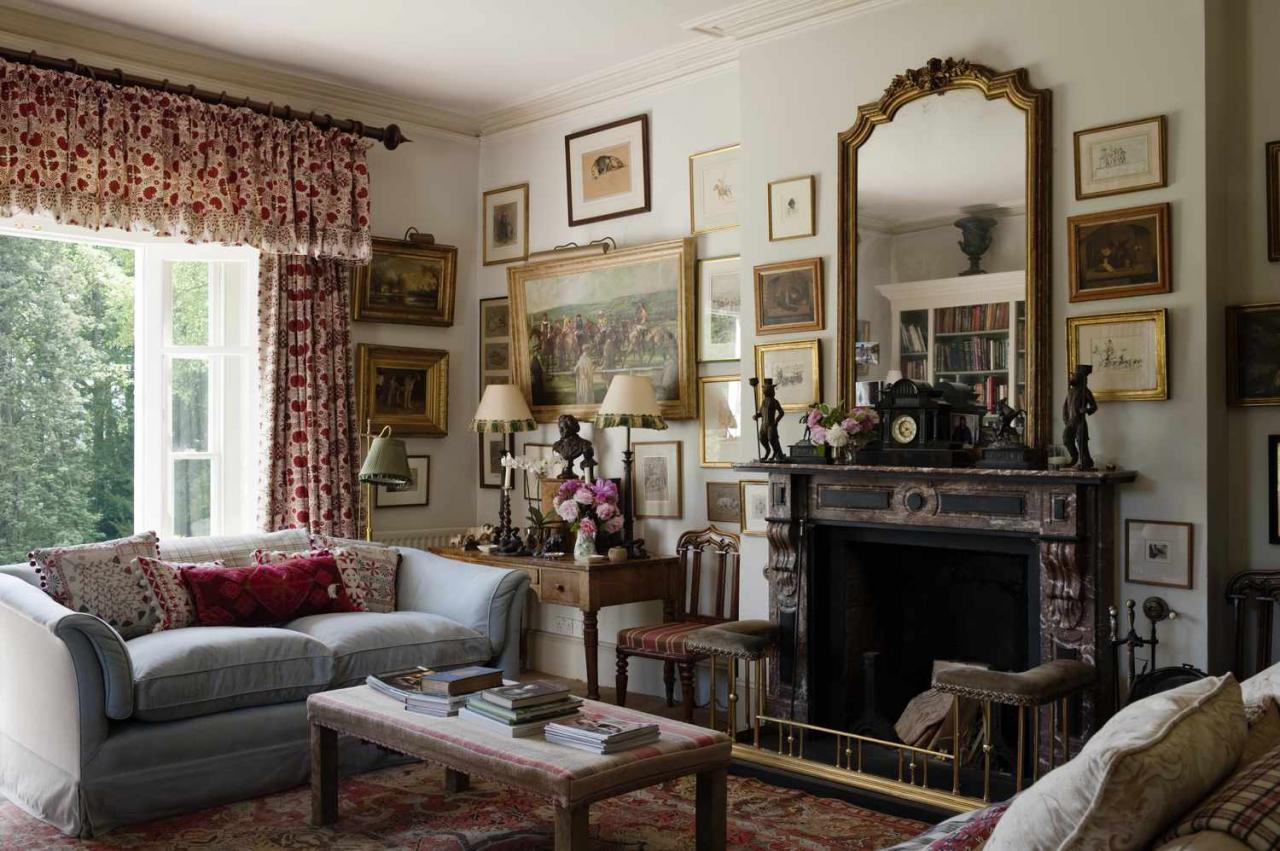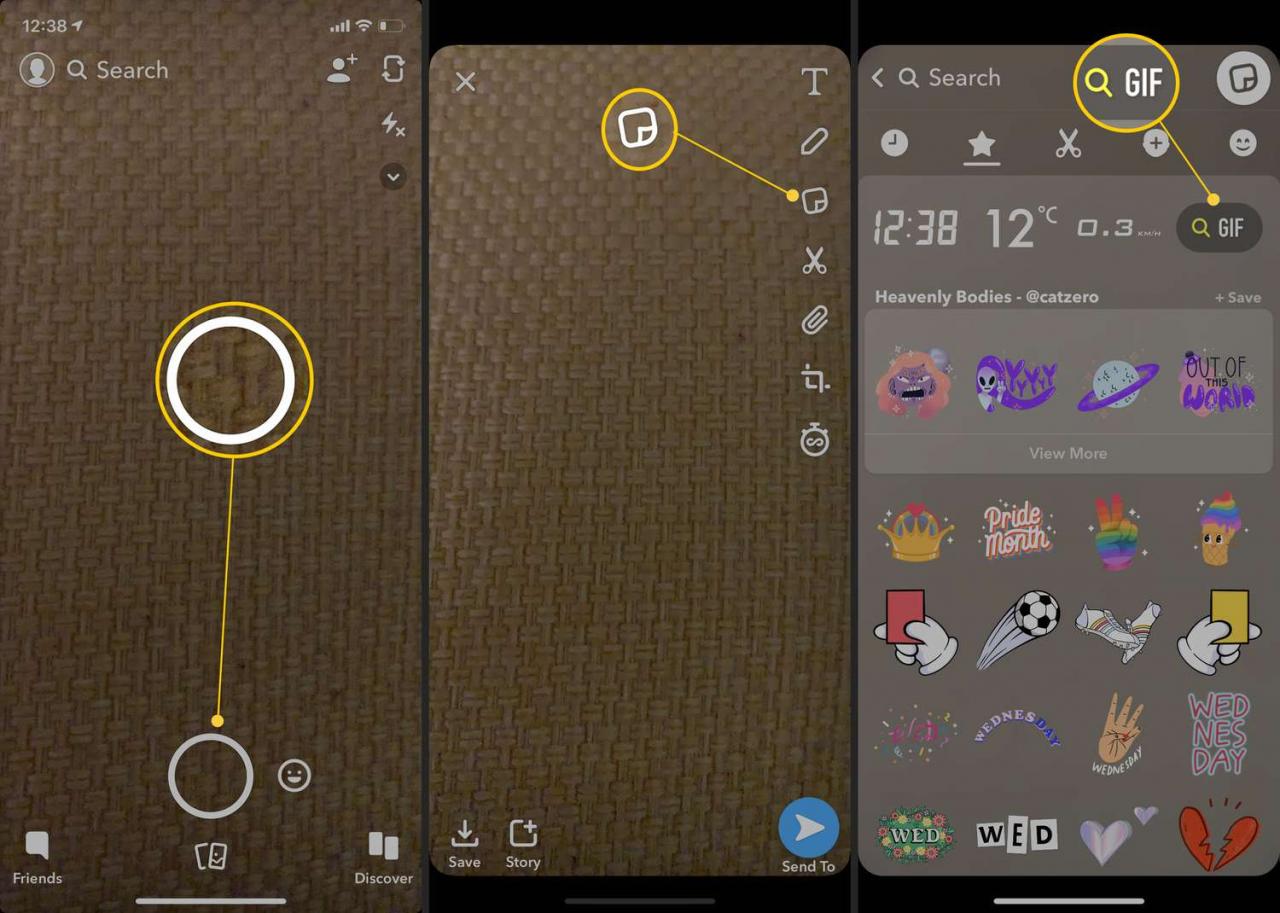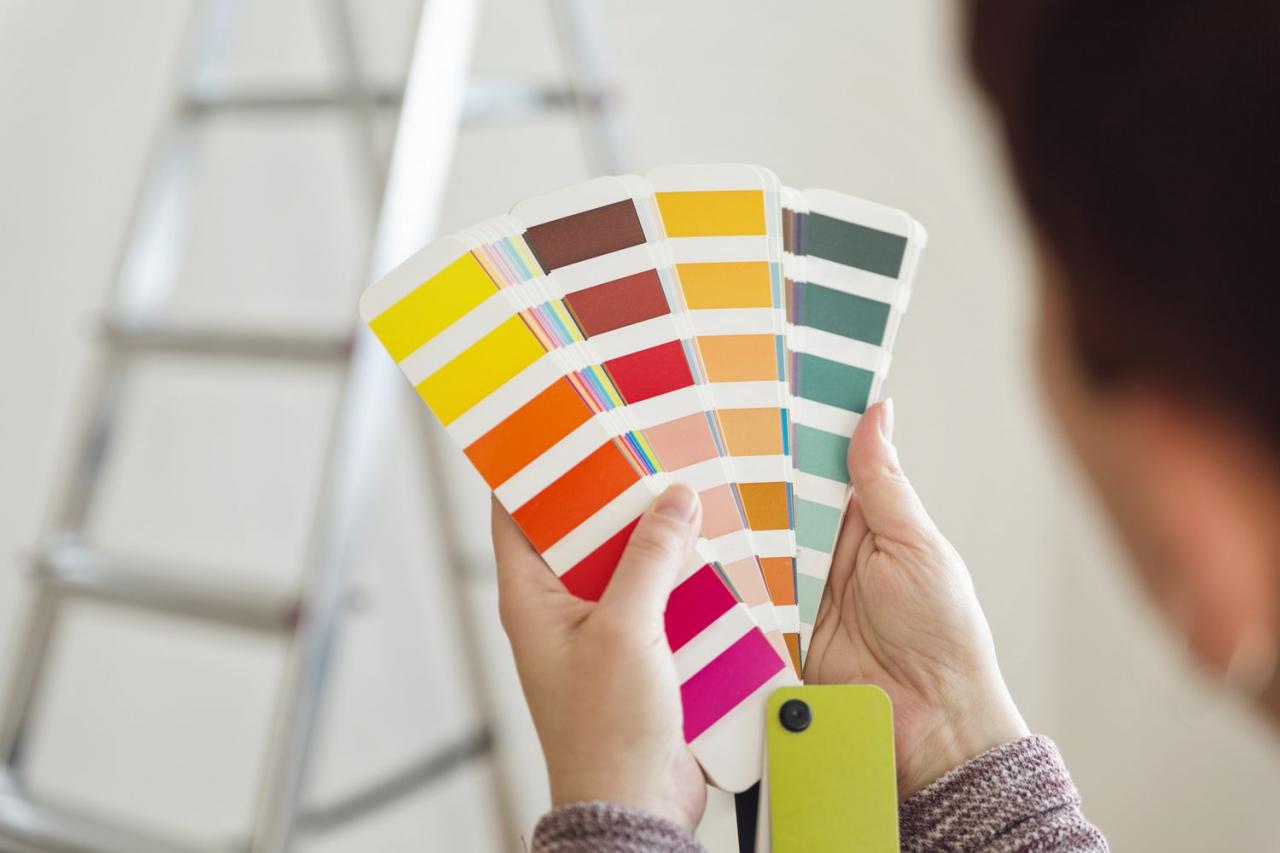
Everybody who has actually ever painted a space based upon paint swatches or chips– and without the assistance of an expert designer– has a scary story about an option that failed: Maybe it was a navy too dark for the dining-room or a grassy green that looked almost neon on the wall.
While these mini shaded strips and squares have their uses, professionals state they are not constantly the best way to discover the best color for your room. “Paint examples can be an useful tool, but they shouldn’t be the only factor in your decision-making procedure,” states interior designer Kati Curtis. However by understanding the downsides of paint examples– and the advantages they can supply when utilized the proper way– you can pick the best color each time..
3 Reasons Why Paint Swatches Aren’t Always Accurate
If you’ve ever been led astray by a paint swatch, you aren’t alone. Here’s why these strips don’t constantly produce the preferred outcome: a one-to-one color match that equates from cardstock to wall.
They Are Too Small
Curtis and Nicole Gibbons, creator of Clare Paint, both indicate paint swatches and chips’ small size as one challenge to getting a true feel for the color. “Traditional paint chips are teeny-tiny, so we’re depending on a 1-inch square to get a sense of what a color may appear like in an entire space,” states Gibbons. “You’re discussing a tiny little representation of the color– it’s too little to permit somebody to be able to picture what it would appear like at a larger scale.”.
A shade you’re drawn to on a paint example may be too vivid or too dull for your taste when expanded from flooring to ceiling, however the reverse holds true, too: A color you find too bold or too boring on a chip can match your area in unanticipated ways. When it concerns picturing the completed item, size matters.
Background Colors Trick the Eye
If you laid out all your examples on a mahogany table, taped them up against a coat of white primer, or considered them beside an already-painted wall, you likely didn’t get a precise keep reading the color. Holding abundant colors next to light, bold next to subtle, or one shade versus another can all trick your eye into seeing the chip somewhat in a different way. “It can be particularly nuanced with neutrals,” says Gibbons. “If you’re attempting to comprehend what a neutral looks like and your wall is blue, it is really not going to read as real. Given that darker colors absorb light, it can be a bit less difficult– but they can likewise be affected by the colors surrounding them.”.
Comparing all your chips on white isn’t a sure option either, says Curtis: “The eye tends to perceive colors as darker when put versus a white background, which can lead to picking a color that ends up being too light once the whole wall is painted.”.
The Rest of the Room Impacts the Color Swatch
While expert designers have actually sharpened their ability to take a look at a space holistically while strategizing an aesthetic, amateurs don’t constantly recognize how a room’s other components may impact a paint color. A dramatic rug, dark floor covering, great deals of natural light, or the color of your trim all contribute in how your space looks when ended up, as your picked paint color shows or takes in the colors around it. Even the landscaping outside your windows can cast a colored tinge on your wall, including a pink glow when leaves turn red in the fall or a greenish tone when they unfurl in spring, states Gibbons..
Use Paint Samples for a Better Color Match
:max_bytes(150000):strip_icc()/small-paint-can-samples-getty-0623-01b32f4aa8264578b29b9e8378069020.jpg)
Use Paint Samples for a Better Color Match.
Larger, on-the-wall paint samples offer the finest success rate for picking a color, smaller sized paint examples do have their place in the design procedure.
Usage Them to Narrow Down Your Shade Choices.
When you start planning your space, paint examples are an ideal way to narrow the field of tones you’re interested in: Are you favoring white or green for your neutral nursery, gray or terra-cotta for your cooking area, hunter or cream for your workplace? “Most individuals test three to 5 colors per space,” Gibbons says– which wants they’ve arrived at a color household. “Sampling in and of itself is a financial investment, so a chip can assist you limit which choices you want to buy tasting.”.
Use Them as Reference Points for Other Design Decisions.
Paint examples can also be valuable as reference points, enabling you to compare tones to rugs, art, or textiles that you plan to keep or contribute to your space. ” One method to use paint chips effectively is to match them with particular materials or other elements that you already have in the space,” says Curtis. “This can help you collaborate colors and develop a cohesive look.”.
Still set on utilizing paint examples to make a color choice? Go a shade darker or brighter than what you believe you require, states Curtis. This will provide you a more remarkable effect and include more character to your area.


